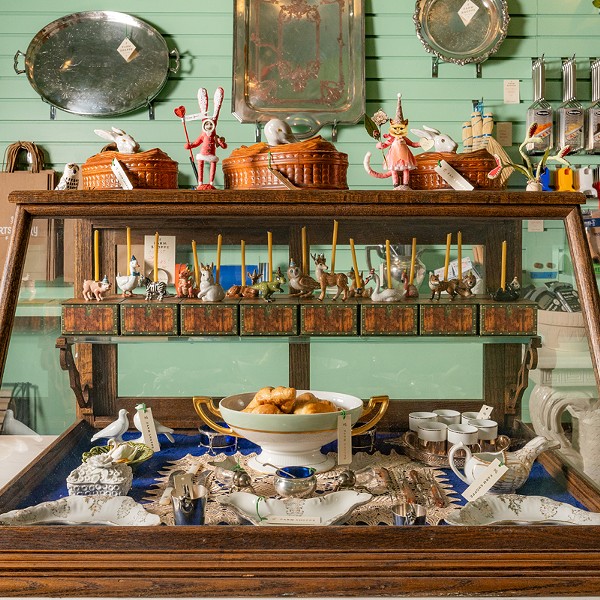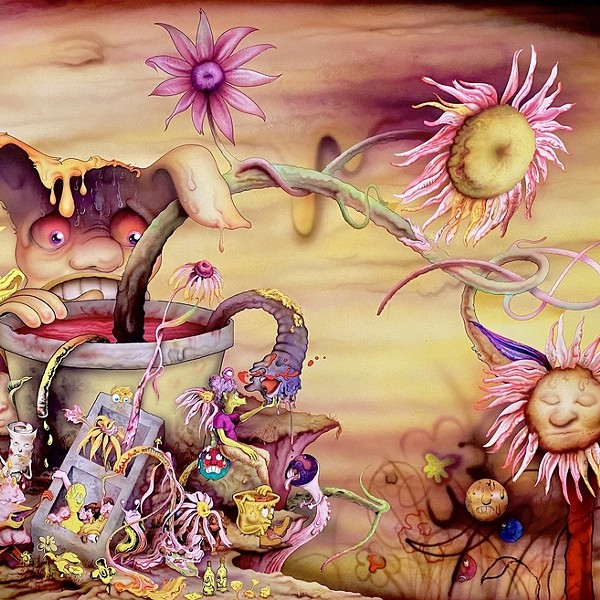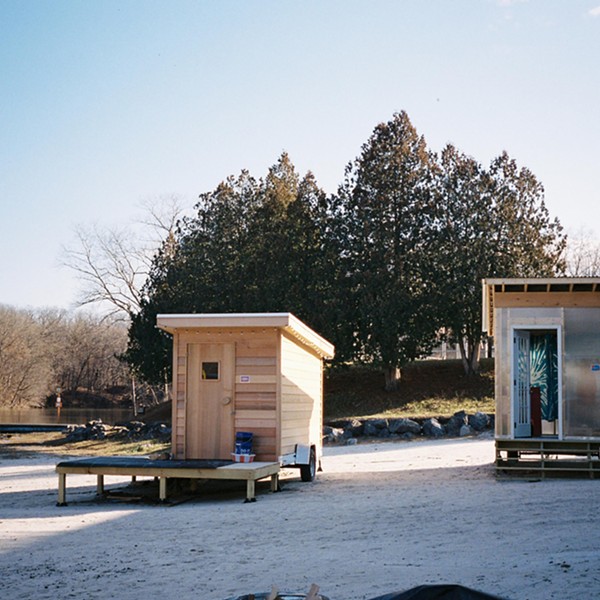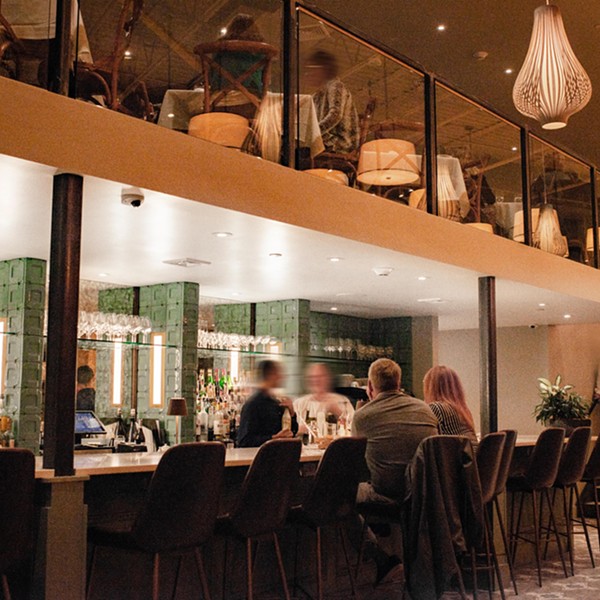The intersection of Interstate 84 and Route 9 shines brightly for those passing through on either of those nighttime highways. One of the principal gateways to Dutchess County and regions north and east, this stretch of stores, chain restaurants and hotels, medical offices, and industrial parks can be called a big box-store carnival, a food extravaganza, a multilane bumper car ride, or a festival of lights. Despite its many informal appellations, the area described above is most appropriately called the Village of Fishkill. Yards away lies its other half: the quintessential small town housing some of the oldest buildings in Dutchess County.
Traveling north out of the mouth of heat and bright lights, one encounters a crown jewel to the west, the First Reformed Church of Fishkill, standing sentinel at the gateway to this historic region. Rich in its own history, including its employment as a prison during the Revolutionary War, it is maitre d’ to the Fishkill Village District, which was added to the National Register of Historic Places in 1973 for containing a significant concentration of structures dating from the late 1700s.
As in many Hudson Valley towns, a distinct revival is currently underway in Fishkill, admittedly made possible by the success of the bustling strip down the road. According to Kathy English of the Southern Dutchess Chamber of Commerce, the 10 or so hotels clustered at the junction of I-84 and Route 9 are what has allowed Fishkill’s restaurant row to flourish on Main Street. Employees of IBM subsidiaries who stay for extended business trips and who seek solace from chain-restaurant monotony have also added to the increasingly popular Fishkill dining and nightlife.
Main Street offers a variety of creative dining spots tightly packed in refurbished brick buildings. One such restaurant, Il Barilotto, offers Italian peasant cuisine with an urban twist and provides a cozy atmosphere with an extensive wine list. The manager of Il Barilotto since its opening in 2001, Scott Rosenberg, values the restaurant’s role in fueling the recent status upgrade of the village, attracting a crowd of transplanted families from New York and Westchester who are accustomed to urban amenities.
Fishkill’s enclave of eateries allows visitors a taste of the typical Hudson Valley Main Street: quaint, historic, reviving, and chic. And, as per its original function, the village acts as a gateway to the rest of Dutchess County; specifically, the historic lands of the Rombout Patent. The first tract of land ever licensed in the county, the patent once encompassed Hudson River shoreline access and stretched as far afield as present-day LaGrange and East Fishkill.
Green Jewels and Sacred Lands
Visitors to the region via the Fishkill gateway can further experience the lands of the patent as they rise up to greet drivers. Heading northwest will eventually lead to the 1,000 acres of the Stony Kill Farm Environmental Education Center on Route 9D. As one draws closer to this significant chunk of preserved open space, the road actually becomes incidental to the thriving meadows, perfect overgrowth, and various species of birds. The splendor is especially present in the autumn, when the country roads in Southern Dutchess County, despite their proximity to suburban sprawl, stand as worthy representatives of the region.
Stony Kill sponsors a variety of educational opportunities for those seeking to know more about all things natural. In addition, it is home to Common Ground Farm. Devin Foote, one of the principal farm managers, recognizes Stony Kill as a community asset and an oasis within such a rapidly growing part of the region. In turn, he characterizes Common Ground as a suburban farm meant to be experienced by the surrounding residents, specifically through projects like its 180-family CSA (community-supported agriculture) project, its Green Teen community gardening project, and its weekly donations to a local food pantry.
A short drive north through more canopied hills and stonewalled corridors leads into one of the true spiritual pulse points of the region. Known for its role in the growth of industry, the generative force of the Wappingers Creek falls have long attracted those of a sublime sensibility, such as the Wappinger Indian tribes. Heading towards the hamlet of New Hamburg and the southwest border of the Village of Wappingers Falls, one encounters the lands of Alex and Allyson Grey’s Chapel of Sacred Mirrors. Heading a nonprofit spiritual community since 1996, the Greys found themselves drawn to the serene, protective lands, which had most recently been owned by the United Church of Christ. Allyson describes the property as a “wonderful jewel,” perfect for a retreat center and permanent home for Alex’s visionary art collection. (Alex Grey’s painting Praying appeared on the November 1999 cover of Chronogram.) As a way to raise money for the construction of the chapel the Greys offer wisdom walks, musical events, workshops, and intense full-moon ceremonies complete with bonfires.
















